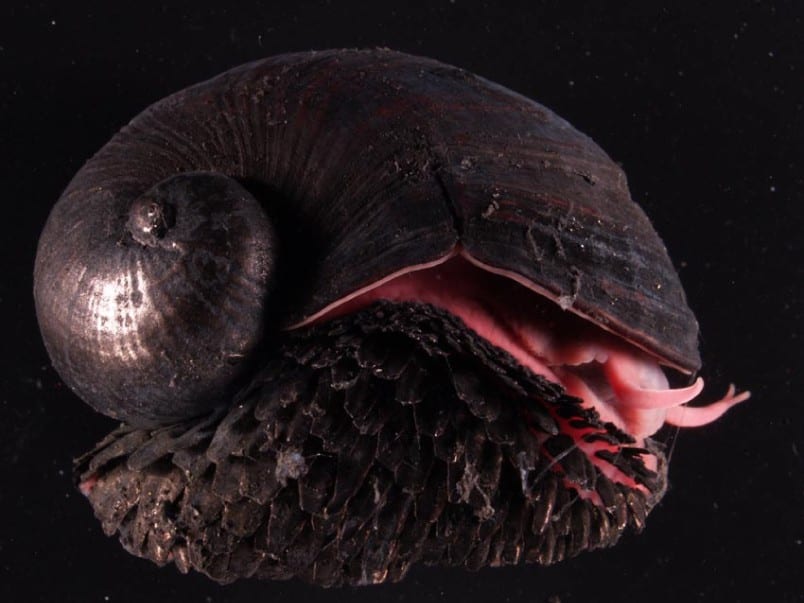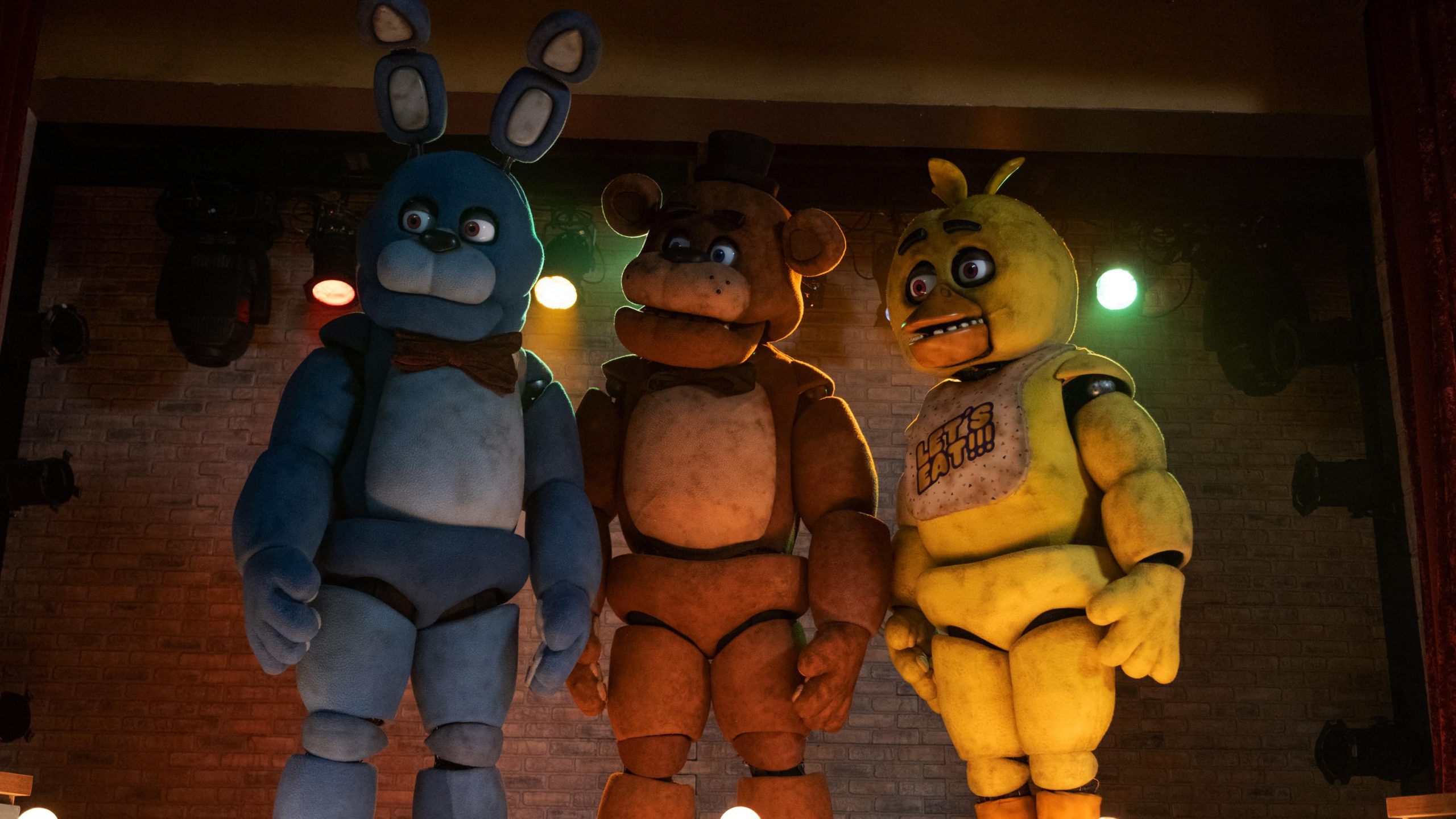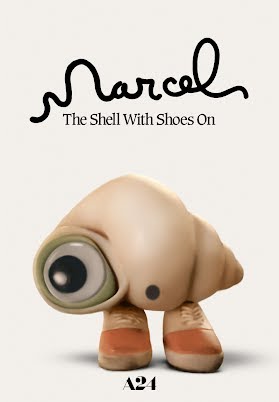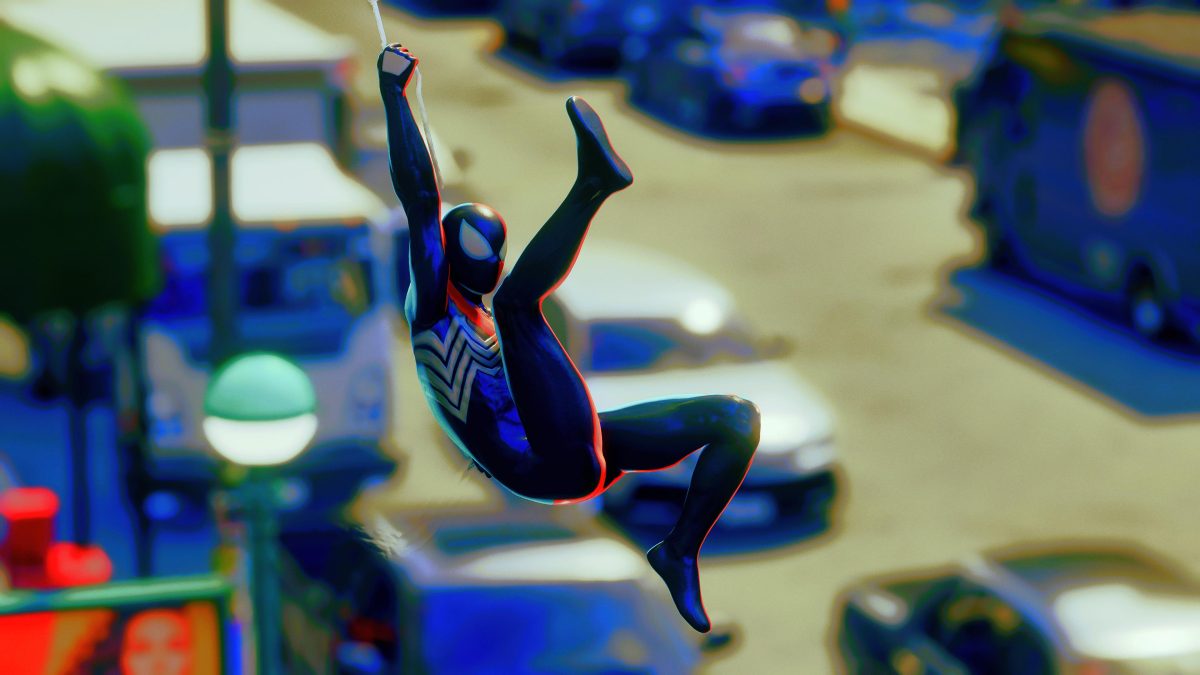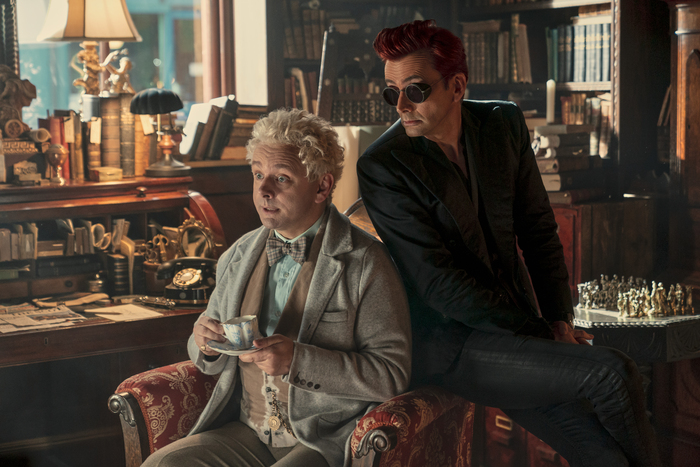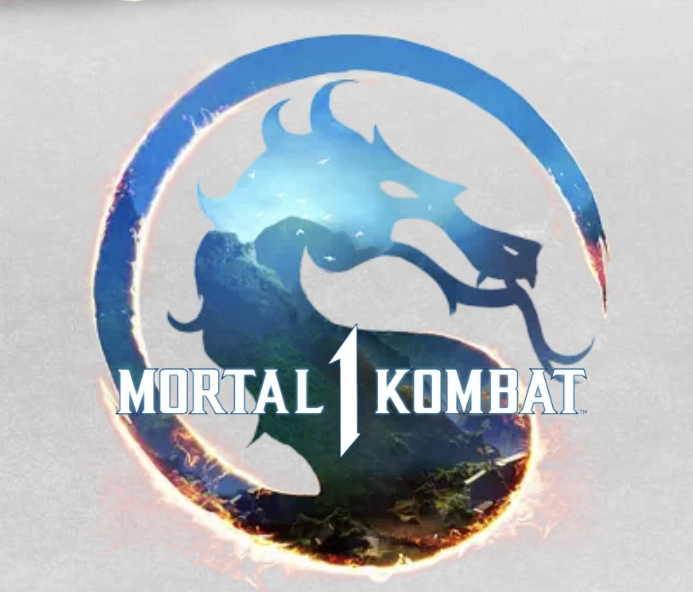By Morgan Leger
 Between 1980 and 1994, the Disney Company had an interesting fall and rise – a complex tale in its own right, complete with good times, struggle, ego trips, loss, success, and the fight for power. No viewer would think that such a story would be revealed by a company that acts light-hearted and maintains a family audience. But thanks to longtime Disney producer Don Hahn, the story has been told.
Between 1980 and 1994, the Disney Company had an interesting fall and rise – a complex tale in its own right, complete with good times, struggle, ego trips, loss, success, and the fight for power. No viewer would think that such a story would be revealed by a company that acts light-hearted and maintains a family audience. But thanks to longtime Disney producer Don Hahn, the story has been told.
Hahn’s 2009 documentary, “Waking Sleeping Beauty,” is a true telling of what happened during the infamous “Dark Ages” and the start of the Disney Renaissance era. It follows the story of a group of animators who go from fun-loving rookies to top dogs. While they talk about the films they worked on, they are not the main focus of the feature. There are moments when they discuss a little of the production and development work, the importance of the project, and the reaction to it, but these portions tend to be analyzed briefly and at times critically from themselves. While they prove to be pivotal, the main focus is on the creators and workers who made everything possible.
Viewers get to see the original studio they worked at, the moment they were relocated to a different facility due to the likelihood of closing the animation department, the introduction of new animation techniques, the importance of the late Howard Ashman, and the rise of fame. The documentary shares the emotion and drama these artists went through, from creative differences with their new bosses to trying to become a family themselves. The most interesting aspect, however, is the discussion of Michael Eisner and Jeffery Katzenberg trying to maintain control over the company and crew. Rather than simply point the finger at one of them, the documentary shows how egotistical both get at times and leaves the viewer to decide who “intimidated” these talented people more.
What makes this documentary unique and magical is the technical aspect and style that was applied. Rather than making an 85-minute piece with talking heads, Hahn, who also directed this project, chose instead to use press-kit interviews, home movies shot around the studio, rare behind-the-scenes footage, rough animation tests, and even clips from films and news reports that are linked to the topic. These impressive images are narrated by audio interviews of not only Hahn but also various animators and directors. There are even some words from executives Eisner and Katzenberg themselves. It gives the feel of looking into a scrapbook and being told how all the pieces are connected, and their significance. It is surprising that some of the footage presented here even exists, such as Katzenberg waving off the press at a red-carpet premiere or workers re-enacting war movies to pass the time.
What makes “Waking Sleeping Beauty” work is that no details are hidden, no matter how personal and in some cases embarrassing, such as Hahn admitting that their dark flop “The Black Cauldron” was beaten by a light-hearted “Care Bears” movie. There is an equal balance of humor, drama, and even a few tear-jerking moments present. This documentary is a special nostalgic look that is highly recommended for animation lovers and fans alike. The magical aspect is not in knowing the success of these movies and what goes into making them, but rather in how a group of brilliant people got together and were able to tell how they lived it all.

February 16, 2024
February 16, 2024

February 16, 2024

February 16, 2024
Trending Stories
Filmbuff: Disney works toward happy ending
January 3, 2011
Leave a Comment
More to Discover



